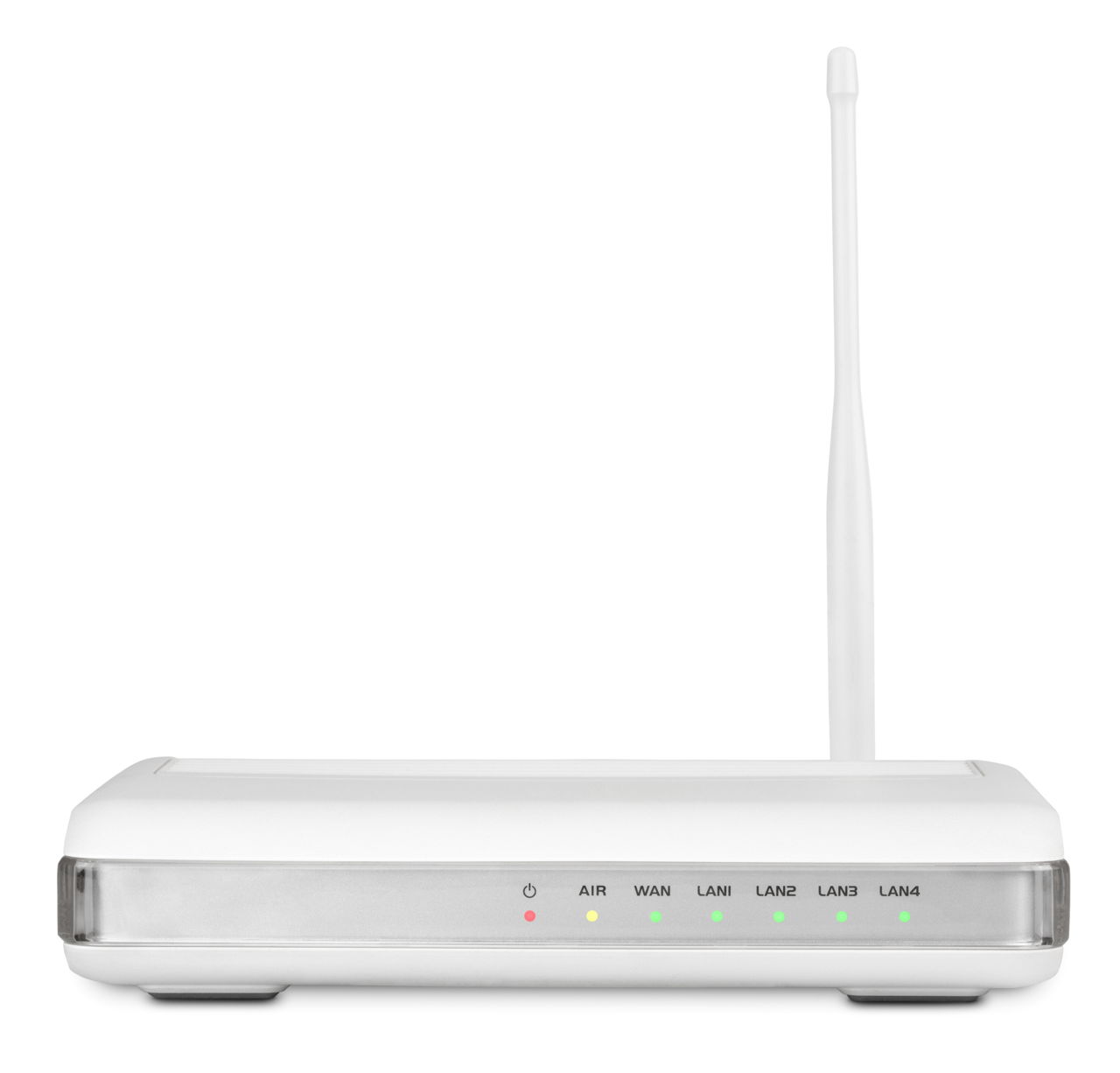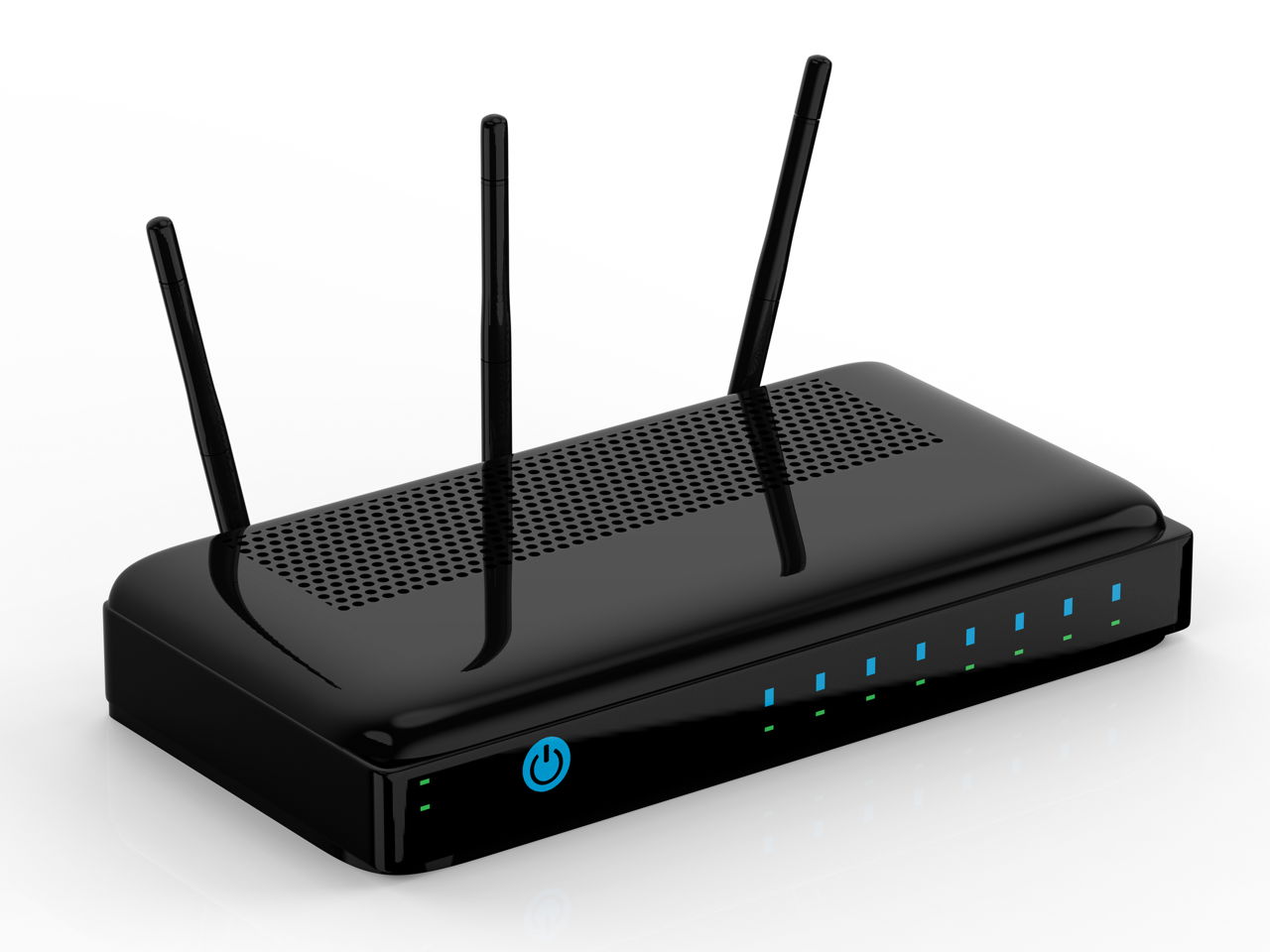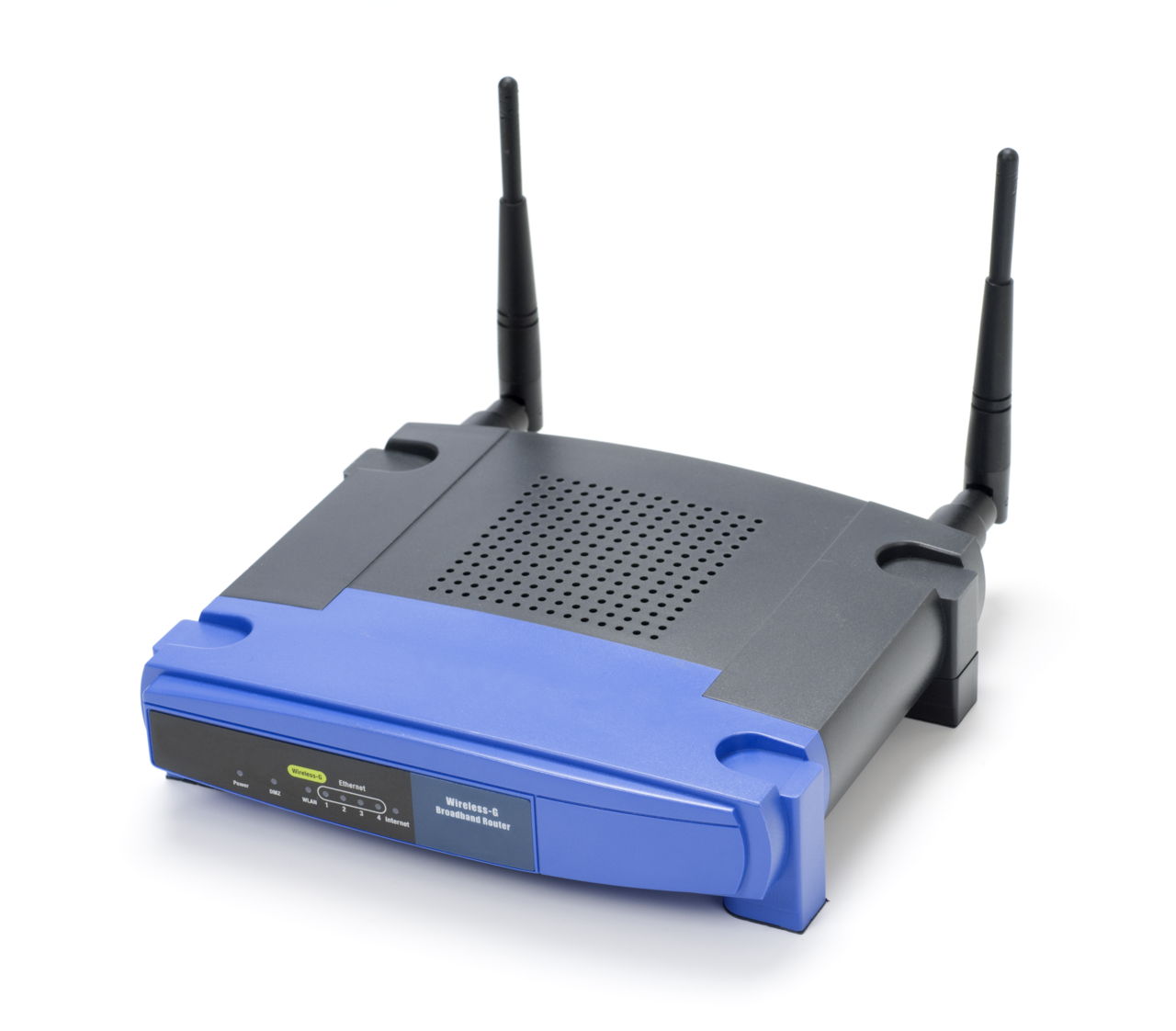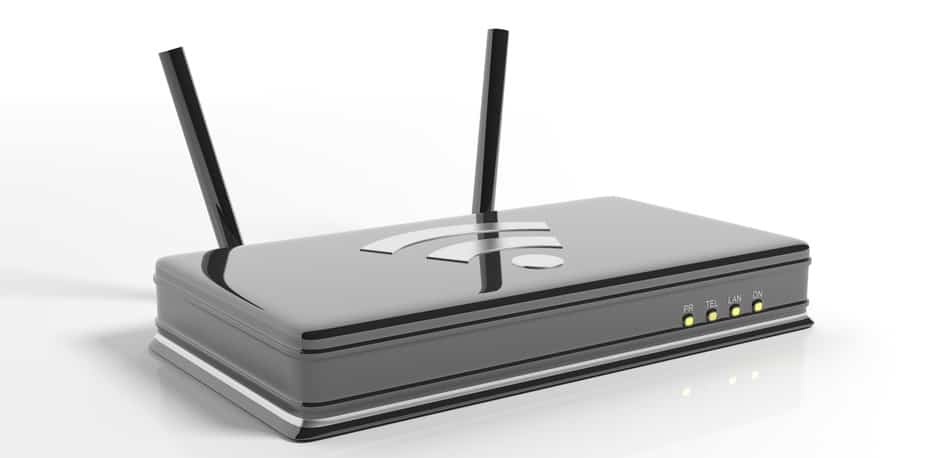This article is for network administrators and other people who manage their own network. If you're trying to join a Wi-Fi network, one of these articles should help:
- Best Router For Mac Computer
- Best 2020 Router For Mac Computer
- Routers For Mac Computers
- Best Gigabit Speed Routers For Mac

- Mac: Connect to Wi-Fi and resolve Wi-Fi issues.
- iPhone, iPad or iPod touch: Connect to Wi-Fi and resolve Wi-Fi issues.
Before changing the settings on your router
Setup is a snap and within five minutes you’re up and running on both Mac and PC where you’ll gain access to Synology’s Router Management System. It’s here you’ll find options such as parental controls, a blacklist of malicious risky websites and security options. Top comment ' 3) The shared printer, USB'd to the router would work on only one PC/Mac at a time.From the pole to the modem = gigabit speed From the modem to a PC = gigabit speed From the modem to the router to a PC = basically gigabit speed From the modem to a switch to a PC = not even close to gigabit speed From the modem to the router to the switch to a PC = not even close to gigabit. WiFi Router Password – Router Master is the topmost and popular app with more than 1,000,000+ installations with 3.9 / 5.0 star average rating on Google playstore. It is available to download for FREE on mobile platforms. Whereas, for the Desktop platform, the app is not developed. Officially there is no way we can install this app on PC.
- Back up your router's settings, just in case you need to restore the settings again later.
- Update the software on your devices. This is critical for ensuring your devices have the latest security updates and work the best they can with each other.
- First, install the latest firmware updates for your router.
- Then, update the software on your other devices, such as on your Mac and on your iPhone or iPad.
- On each device that had previously joined the network, you may need to forget the network to ensure the device uses the router's new settings when rejoining the network.
Router settings
To ensure that your devices can reliably reconnect to your network, apply these settings consistently to each Wi-Fi router and access point, and to each band of a dual-band, tri-band or other multi-band router.
Network name (SSID)
A single, unique name (case sensitive)
The Wi-Fi network name, or service set identifier (SSID), is the name your network uses to advertise its presence to other devices. It's also the name that nearby users will see on their device's list of available networks.
Use a name that's unique to your network, and make sure all routers on your network use the same name for every band they support. For example, don't use common names or default names, such as linksys, netgear, dlink, wireless or 2wire, and don't give your 2.4 GHz and 5 GHz bands different names.
If you don't follow this guidance, your devices may not connect reliably to your network, to all of the routers on your network or to all of the available bands of your routers. And devices that join your network are more likely to encounter other networks that have the same name, and then automatically try to connect to them.
Hidden network
Disabled
A router can be configured to hide its network name, or SSID. Your router may incorrectly use 'closed' to mean hidden, and 'broadcast' to mean not hidden.
Hiding the network name doesn't conceal the network from being detected or secure it against unauthorised access. And because of the way devices search for and connect to Wi-Fi networks, using a hidden network may expose information that can be used to identify you and the hidden networks you use, such as your home network. When connected to a hidden network, your device may display a privacy warning due to this privacy risk.
To secure access to your network, use the appropriate security setting instead.
Security
WPA3 Personal for better security, or WPA2/WPA3 Transitional for compatibility with older devices
The security setting defines the type of authentication and encryption used by your router, and the level of privacy protection for data transmitted over its network. Whichever level of security you choose, always set a strong password to join the network.
- WPA3 Personal is the newest, most secure protocol currently available for Wi-Fi devices. It works with all devices that support Wi-Fi 6 (802.11ax), and some older devices too.
- WPA2/WPA3 Transitional is a mixed mode that uses WPA3 Personal with devices that support that protocol, while allowing older devices to use WPA2 Personal (AES) instead.
- WPA2 Personal (AES) is appropriate when you can't use one of the more secure modes. In that case, also choose AES as the encryption or cipher type, if available.
Settings that turn off security, such as None, Open or Unsecured, are strongly discouraged. Turning off security disables authentication and encryption and allows anyone to join your network, access its shared resources (including printers, computers and smart devices), use your Internet connection, and monitor data transmitted over your network or Internet connection (including the websites you visit). This is a risk even if security has been turned off temporarily or for a guest network.
Don't create or join networks that use older, deprecated security protocols such as WPA/WPA2 Mixed Mode, WPA Personal, TKIP, Dynamic WEP (WEP with 802.1X), WEP Transitional Security Network, WEP Open or WEP Shared. These are no longer secure, and they reduce network reliability and performance. Apple devices display a security warning when joining such networks.
MAC address filtering, authentication and access control
Disabled
When this feature is enabled, your router can be set up to only allow devices that have specified media access control (MAC) addresses to join the network. Reasons why you shouldn't rely on this feature to prevent unauthorised access to your network:
- It doesn't prevent network observers from monitoring or intercepting traffic on the network.
- MAC addresses can easily be copied, spoofed (impersonated) or changed.
- To help protect user privacy, some Apple devices use a different MAC address for each Wi-Fi network.
To secure access to your network, use the appropriate security setting instead.
Automatic firmware updates
Enabled
If possible, set your router to install software and firmware updates automatically as they become available. Firmware updates can affect the security settings available to you, and they deliver other important improvements to the stability, performance and security of your router.
Radio mode
All (preferred),or Wi-Fi 2 through Wi-Fi 6 (802.11a/g/n/ac/ax)
These settings, available separately for the 2.4 GHz and 5 GHz bands, control which versions of the Wi-Fi standard the router uses for wireless communication. Newer versions offer better performance and can support more devices concurrently.

Best Router For Mac Computer
It's usually best to enable every mode that's offered by your router, rather than a subset of these modes. All devices, including older devices, can then connect using the fastest radio mode they support. This also helps reduce interference from nearby legacy networks and devices.
Bands
Enable all bands that are supported by your router
A Wi-Fi band is like a road that data can flow down. More bands provide more data capacity and performance for your network.
Channel
Auto
Each band of your router is divided into multiple, independent communication channels, like different lanes on a road. When channel selection is set to automatic, your router will select the best Wi-Fi channel for you.
If your router doesn't support automatic channel selection, choose whichever channel performs best in your network environment. That varies depending on the Wi-Fi interference in your network environment, which can include interference from any other routers and devices that are using the same channel. If you have multiple routers, configure each one to use a different channel, especially if they are close to each other.
Channel width
20 MHz for the 2.4 GHz band
Auto orall widths (20 MHz, 40 MHz and 80 MHz) for the 5 GHz band
Channel width specifies the size of 'pipe' available to transfer data. Wider channels are faster but more susceptible to interference, and also more likely to interfere with other devices.
- 20 MHz for the 2.4 GHz band helps to avoid performance and reliability issues, especially near other Wi-Fi networks and 2.4 GHz devices, including Bluetooth devices.
- Auto or all channel widths for the 5 GHz band ensures the best performance and compatibility with all devices. Wireless interference is less of a concern in the 5 GHz band.
DHCP
Enabled, if your router is the only DHCP server on the network
Dynamic host configuration protocol (DHCP) assigns IP addresses to devices on your network. Each IP address identifies a device on the network and enables it to communicate with other devices on the network and Internet. A network device needs an IP address, much like a phone needs a phone number.
Your network should only have one DHCP server. If DHCP is enabled on more than one device (such as on both your cable modem and router), address conflicts may prevent some devices from connecting to the Internet or using network resources.
DHCP lease time
8 hours for home or office networks; 1 hour for hotspots or guest networks
DHCP lease time is the length of time that an IP address assigned to a device is reserved for that device.
Wi-Fi routers usually have a limited number of IP addresses they can assign to devices on the network. If that number is depleted, the router can't assign IP addresses to new devices, and these devices can't communicate with other devices on the network and Internet. Reducing DHCP lease time allows the router to reclaim and reassign old IP addresses that are no longer being used faster.
NAT
Enabled, if your router is the only device providing NAT on the network
Network address translation (NAT) translates between addresses on the Internet and addresses on your network. NAT can be understood by imagining a company's post room, where deliveries to employees at the company's address are directed to employee offices within the building.
You should generally only enable NAT on your router. If NAT is enabled on more than one device (such as on both your cable modem and router), the resulting ”double NAT” may cause devices to lose access to certain resources on the network or Internet.
WMM
Enabled
WMM (Wi-Fi multimedia) prioritises network traffic to improve the performance of a variety of network applications, such as video and voice. All routers that support Wi-Fi 4 (802.11n) or later should have WMM enabled by default. Disabling WMM can affect the performance and reliability of devices on the network.

Device features that can affect Wi-Fi connections
These features may affect how you set up your router or the devices that connect to it.
Private Wi-Fi Address
If you're connecting to a Wi-Fi network from an iPhone, iPad, iPod touch or Apple Watch, find out more about using private Wi-Fi addresses in iOS 14, iPadOS 14 and watchOS 7.
Location Services
Make sure your device has Location Services turned on for Wi-Fi networking, because regulations in each country or region define the Wi-Fi channels and wireless signal strength allowed there. Location Services helps to ensure your device can reliably see and connect to nearby devices, and that it performs well when using Wi-Fi or features that rely on Wi-Fi, such as AirPlay or AirDrop.
On your Mac:
- Choose Apple menu > System Preferences, then click Security & Privacy.
- Click the lock in the corner of the window, then enter your administrator password.
- In the Privacy tab, select Location Services, then select Enable Location Services.
- Scroll to the bottom of the list of apps and services, then click the Details button next to System Services.
- Select Wi-Fi Networking, then click Done.
On your iPhone, iPad or iPod touch:
- Go to Settings > Privacy > Location Services.
- Turn on Location Services.
- Scroll to the bottom of the list, then tap System Services.
- Turn on Networking & Wireless (or Wi-Fi Networking).
Auto-Join when used with wireless carrier Wi-Fi networks
Wireless carrier Wi-Fi networks are public networks set up by your wireless carrier and their partners. Your iPhone or other Apple mobile device treats them as known networks and connects to them automatically.
If you see a ”Privacy Warning” under the name of your carrier's network in Wi-Fi settings, your mobile identity could be exposed if your device were to join a malicious hotspot impersonating your carrier's Wi-Fi network. To avoid this possibility, you can prevent your iPhone or iPad from automatically rejoining your carrier's Wi-Fi network:
- Go to Settings > Wi-Fi.
- Tap next to the wireless carrier's network.
- Turn off Auto-Join.
If you are searching for the best wireless router for your Mac, you have come to the right page. In this Techspirited article, we will take a look at some of the best Mac-compatible routers available in the market presently.
Since their introduction back in 1984, Macintosh computers have always been a class apart from the rest of the competition. Apple’s Macintosh (Mac for short) brand is unique in many aspects. It is perhaps the only branded PC with its own exclusive operating system (Mac OS X). Everything about a Mac is custom-made. So when it comes to wireless networking connectivity, you have to look for a wireless router that is specially designed for it.

Would you like to write for us? Well, we're looking for good writers who want to spread the word. Get in touch with us and we'll talk...
Wireless Router Buying Guide
The prime features to look out for when deciding on a router are its data transmission speed, and the maximum range of connectivity that it offers. Both are decided by the wireless networking standards that the router uses.
It is advisable to opt for a wireless routers that is built according to the 802.11n standard, as it comprises some of the fastest routers in the business. They offer raw transmission speeds up to 600 Mbps. Dual band transmission is another feature to look out for as it means that your router can transmit on two frequencies, further boosting the connection speed.
When choosing a router for home or office use, you would also want it to have Ethernet connector ports for wired Internet access. The other important factor to look out for is wireless security in the form of WPA2 encryption and a firewall.
Best Wireless Routers for Mac
Compatibility with Mac and its hardware specifications and OS, is an essential prerequisite for any wireless router that you choose. The routers listed below are not exactly the best in the market, but they work best with Macs. It should come as no surprise that three out of the following four are manufactured by Apple computers itself.
Apple AirPort Extreme
If you are looking for perfect compatibility with your Macbook Pro, then go for the Apple AirPort Extreme. It has all the features that you need which is not surprising as it comes from the Apple pedigree. With dual-band transmission, 802.11n based connectivity, three Ethernet ports and built-in network security features, it is one of the best routers for Macbook Pro, and an excellent choice for home installation. It comes with a price tag of roughly $164.
Apple Time Capsule MC343LL/A 1TB
A bit more expensive than Apple Airport Extreme, the Apple Time Capsule has all the same features and is priced at $275. It costs more because of the internal 1 Terabyte hard drive that it is supplied with, which works in tandem with the Time Machine backup utility present in the Mac OS. This essentially makes it a router cum backup storage device.
Best 2020 Router For Mac Computer
Apple AirPort Express

If you are looking for a low-budget choice, Apple AirPort Express may be the right one for you. With a price tag of around $96, the Express is designed specifically for home usage. It supports 10 simultaneous connections, dual-band transmission, and conforms to the 802.11n standard. It is an excellent choice for the low-budget user.
Routers For Mac Computers
Linksys WRT400N Double-N Performance Wireless Router
The only third party product in this list, the Linksys WRT400N has it all, and makes for a close competitor to the Apple Airport Extreme. It uses dual-band Wireless-N technology, and comes with full WPA2 encryption, while conforming with the 802.11n standard. All that you would need from a router, comes packed in this product, which could be yours for about $134.
Would you like to write for us? Well, we're looking for good writers who want to spread the word. Get in touch with us and we'll talk...
This list should prove helpful in narrowing down the choices for the perfect router for your Mac computer. Remember to choose that product which exactly suits your requirements as well as your budget.
Related Posts
Best Gigabit Speed Routers For Mac
- Boosting Wireless Router Signal Strength
There are many ways to boost the signal strength of a wireless router, and all of them are very easy and economical to administer. These methods will speed up your…
- Fastest Wireless Router
Analyzing your needs and the specifications of various wireless routers will help you buy the fastest wireless router. Here is a simple, straightforward guide to selecting the fastest Wi-Fi router…
- Wireless Router Reviews
Wireless routers are the primary components of any wireless network. In this article, you will find reviews of the four best wireless routers on offer.
